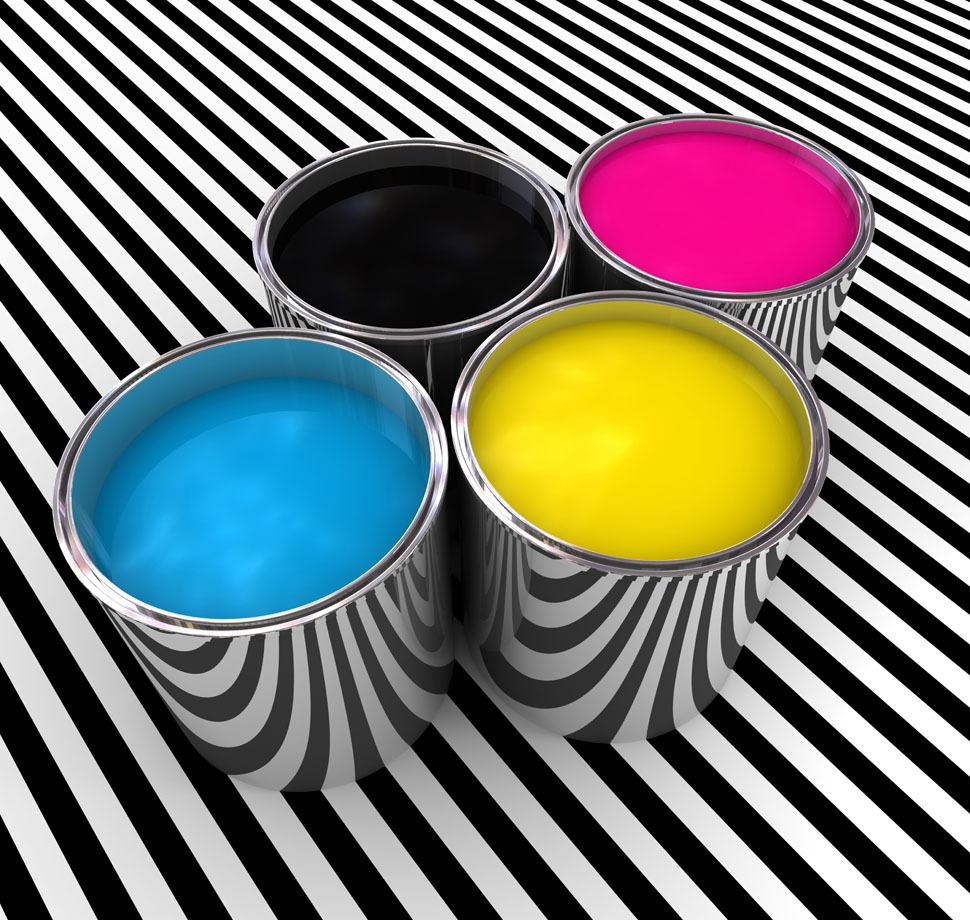UV ink, that is, ultraviolet light curing ink, refers to the UV light irradiation completes the conjunctival drying of the ink through cross-linking polymerization reaction. At present, the common UV ink printing methods mainly include: UV offset ink, UV embossed ink, UV gravure ink, UV flexo ink, UV screen printing ink, UV pad printing ink and UV glazing oil.
The main components of UV ink include tape Photocurable prepolymers, reactive monomers, photoinitiators and pigments, etc. Compared with traditional solvent-based inks, UV inks are widely used in printing packaging and labels due to their own advantages, such as short curing time, stable printing quality, high efficiency, and no organic solvents used in the production process. However, the migration of some small molecular weight photoinitiators contained in it during use has aroused widespread concern about the safety of UV inks.

Photoinitiator, also known as photosensitizer or photocuring agent, can react in the ultraviolet region(250~420nm) Or the visible light region (400~800nm) absorbs energy of a certain wavelength to generate free radicals, cations, etc., thereby initiating the polymerization, cross-linking, and solidification of the monomer components in the ink. Due to their sensitivity to sunlight and general lighting sources, visible light initiators are subject to many restrictions in production and use. Currently, the most commonly used photoinitiator is ultraviolet light initiator.
PhotoinitiatorAs a key component ofUV ink, it plays a decisive role in the photocuring speed. Due to different photoinitiator intermediates, they can be divided into free radical photoinitiators and ionic photoinitiators. Among them, ionic photoinitiators are less used in printing inks due to their slower curing speed and higher cost. Free radical photoinitiators can be divided into cracking photoinitiators and hydrogen abstraction photoinitiators due to different mechanisms of generating free radicals.
From the chemical structure point of view, Most photoinitiators are organic compounds with benzoyl groups. Common ones include benzophenones, thioxanthones, and benzoyl derivatives.α-carboxy ketones, α-amino ketones, benzoin derivatives, etc. Studies have shown that some substances, such as benzophenone (BP), have been included in the control list by relevant industries and enterprises due to their carcinogenicity, skin allergy, contact toxicity, and reproductive toxicity.

 微信扫一扫打赏
微信扫一扫打赏

